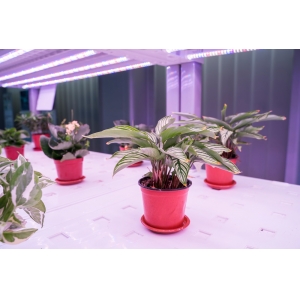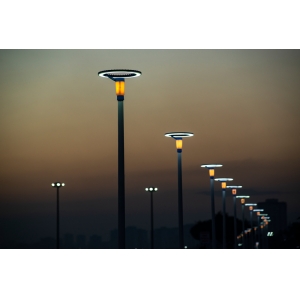
What is the difference between RGBW and RGB?
What is the difference between RGBW and RGB?
In color lighting applications, RGB and RGBW LEDs are the most common choices. Although they can achieve rich color changes,
they are essentially different in structure and effect:
RGB (red, green, blue) LED
It is composed of three chips, Red, Green, and Blue, which are mixed to produce various colors by controlling the ratio.

Advantages:
Can generate a variety of colors
Flexible control
Suitable for stage lights, billboards and other colorful needs
Disadvantages:
White light is a mixture of three colors, and the color temperature is unstable and impure
Low color rendering index, not suitable for scenes with high requirements for "real restoration"
RGBW (red, green, blue, and white) LED
Adding an independent white light chip (W) on the basis of RGB can provide truly pure white light.
Advantages:
Provide high-quality white light output with stable color temperature
More suitable for scenarios that require "multi-color + white light" (such as architectural projection, smart home)
Energy saving: Use W lamp beads instead of RGB mixed light to output white light, with lower power consumption
RGBW = RGB creativity + white light practicality! Want to take into account both atmosphere and daily lighting? RGBW is a more comprehensive choice.
 UV LED在医疗消毒中的应用趋势与技术前景
UV LED在医疗消毒中的应用趋势与技术前景
 LED植物光谱白皮书
LED植物光谱白皮书
 2025大功率LED散热白皮书
2025大功率LED散热白皮书
 色温与显色指数选择(CCT & CRI 选择指南)
色温与显色指数选择(CCT & CRI 选择指南)
联系我们
电话:+86-0769-81305858
手机:13392729727
邮箱::gm@cn-led.net
微信客服




